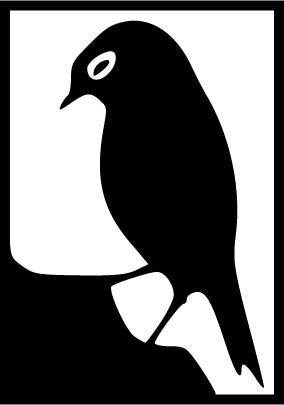Fixed costs and variable costs
Posted by Mark Hedengren on
Fixed costs and variable costs
I’m dedicating an email to fixed costs and variable costs because it’s very important in the arts. The goal with film as with all arts is to keep your fixed costs low so you can keep working and then scale up quickly when you get that TV show, movie, commercial deal. That is why in film and the arts we use so many independent contractors and rent equipment.
To use an airline as example of fixed costs and variable cost:
Fixed cost= Airplane
Variable costs= Fuel
You see the airline has to pay for the airplane no matter what. They can park it in the desert, but they still have to pay for the plane. Fuel is a cost that they incur when they fly the plane, most likely with paying passengers.
So hypothetically if everyone were to stop flying the airline they could stop paying for the fuel but they would have no income from paying passengers and they would still have to pay for the plane, thus driving them out of business.
You see the same thing happens with film production companies. They have tons of fixed costs in office space, equipment and employees. They hit a dry spell in work and they go out of business. So in film as in all arts your goal should be to keep your fixed cost to a minimum. When I was in college, my photography class toured the place where they did all the product photography for the Gap website. One of the photographers who worked there-- who had once been a freelancer and had been reduced to photographing sweaters on white-- said “If there is one piece of advice I can give you, all you need is your portfolio, a cheap laptop and a phone. You can rent everything else when you need it.” It’s true. When I worked for esteemed Photographer/filmmaker Lauren Greenfield (www.laurengreenfield.com), I was surprised when I started there that all the equipment we had could be fit in to one 3x4 foot drawer. When we did major film shoots for Elle Magazine, HP, Proctor and Gamble, etc. of course we rented truckloads of freelancers, cameras and lighting equipment.t Then returned to our studio, which consisted of Lauren Greenfield, a studio manger, and me, all of us housed in a small office above Lauren’s garage in Venice Beach, CA. Even in the big time people operate very lean.
So stay in business. Keep it lean and mean. Keep your fixed costs low (few staff, cheap office space and rent equipment) and you won’t go out of business.
I’m dedicating an email to fixed costs and variable costs because it’s very important in the arts. The goal with film as with all arts is to keep your fixed costs low so you can keep working and then scale up quickly when you get that TV show, movie, commercial deal. That is why in film and the arts we use so many independent contractors and rent equipment.
To use an airline as example of fixed costs and variable cost:
Fixed cost= Airplane
Variable costs= Fuel
You see the airline has to pay for the airplane no matter what. They can park it in the desert, but they still have to pay for the plane. Fuel is a cost that they incur when they fly the plane, most likely with paying passengers.
So hypothetically if everyone were to stop flying the airline they could stop paying for the fuel but they would have no income from paying passengers and they would still have to pay for the plane, thus driving them out of business.
You see the same thing happens with film production companies. They have tons of fixed costs in office space, equipment and employees. They hit a dry spell in work and they go out of business. So in film as in all arts your goal should be to keep your fixed cost to a minimum. When I was in college, my photography class toured the place where they did all the product photography for the Gap website. One of the photographers who worked there-- who had once been a freelancer and had been reduced to photographing sweaters on white-- said “If there is one piece of advice I can give you, all you need is your portfolio, a cheap laptop and a phone. You can rent everything else when you need it.” It’s true. When I worked for esteemed Photographer/filmmaker Lauren Greenfield (www.laurengreenfield.com), I was surprised when I started there that all the equipment we had could be fit in to one 3x4 foot drawer. When we did major film shoots for Elle Magazine, HP, Proctor and Gamble, etc. of course we rented truckloads of freelancers, cameras and lighting equipment.t Then returned to our studio, which consisted of Lauren Greenfield, a studio manger, and me, all of us housed in a small office above Lauren’s garage in Venice Beach, CA. Even in the big time people operate very lean.
So stay in business. Keep it lean and mean. Keep your fixed costs low (few staff, cheap office space and rent equipment) and you won’t go out of business.
